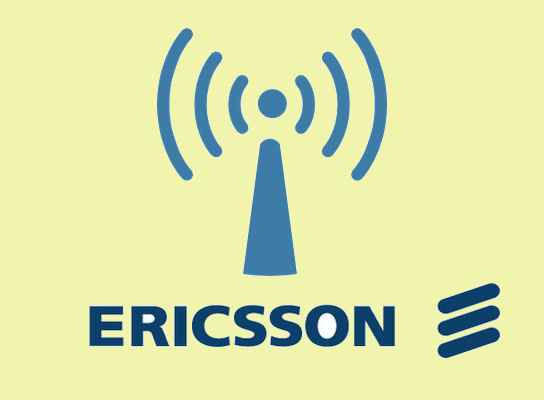Ericsson’s BelAir Networks Buy Expands Mobile Broadband Offerings

The acquisition of BelAir Networks will offer wireless carriers Wi-Fi connectivity from Ericsson
Ericsson is acquiring Canadian Wi-Fi provider BelAir Networks in an effort to expand the company’s mobile broadband portfolio and improve its offerings for customers.
The acquisition will give Ericsson a carrier-grade Wi-Fi portfolio, technology expertise, intellectual-property rights and established customer relationships. While neither company disclosed the financial details, Ericsson does expect to close the deal by the first half of 2012, and all 120 BelAir employees are expected to join Ericsson.
Mobile growth factor
Ericsson believes the demand for Wi-Fi technology in mobile networks will continue to grow, as mobile broadband becomes more widespread and users start relying on cloud-based services and other high data-consuming applications such as video. The deal will help accelerate the integration of Wi-Fi and cellular technologies to bolster its 3G and 4G offerings.
 Integrating BelAir Networks’ portfolio will allow Ericsson to “lead the way in the growing converged Wi-Fi and cellular market where improved end-user experience is the driving force”, Ericsson CEO Hans Vestberg said in a statement.
Integrating BelAir Networks’ portfolio will allow Ericsson to “lead the way in the growing converged Wi-Fi and cellular market where improved end-user experience is the driving force”, Ericsson CEO Hans Vestberg said in a statement.
The rapid adoption of mobile devices has driven up demand for wireless connectivity. Rumours about the deal have swirled for weeks, as carriers look at Wi-Fi hotspots as a way to offload wireless data traffic. Even though wireless carriers are still committed to rolling out 4G Long-Term Evolution (LTE) infrastructure and improving their existing 3G services, they are also looking at Wi-Fi as a way to add capacity to networks in a cost-effective manner.
BelAir Networks provides indoor and outdoor Wi-Fi systems that allow service providers to build high-performance Wi-Fi networks. BelAir access points can be deployed to create a mesh network in which users can switch from one point to another without having to sign back on and without interruptions. This gives carriers some visibility into where their users are going and control the traffic.
Telecommunications giants such as AT&T, time Warner Cable and Comcast are BelAir customers.
BelAir products will complement Ericsson’s Network Integrated Wi-Fi platform, which launched in September to create a “truly integrated network”, that would accelerate the integration of Wi-Fi and cellular technologies, according to Ericsson.
BelAir is not the only company exploring ways to integrate mobile networks and Wi-Fi so that customers can switch back and forth seamlessly and without any additional software. The Hotspot 2.0 specification being developed by the Wi-Fi Alliance is also expected to drive carrier adoption.
On 14 February, Alcatel-Lucent announced its new LightRadio Wi-Fi architecture which will allow users to move between mobile networks and Wi-Fi and authenticate themselves using a SIM card. Ruckus Wireless is planning to unveil Smart Cell, a multi-radio access point that will be able to bundle 3G, LTE and Wi-Fi, at the Mobile World Congress in Barcelona
“Subscribers really don’t care whether they are on 3G, 4G or Wi-Fi. They just want a good, no-worries mobile broadband experience,” Ronny Haraldsvik, chief marketing officer and senior vice president of marketing for BelAir Networks said in a report discussing user attitudes toward mobile service providers.
Consumers also want Wi-Fi to be an integral part of their mobile user experience. About 83 percent of respondents said in a recent Devicescape study that wireless carriers should provide Wi-Fi access as part of a bundled package.